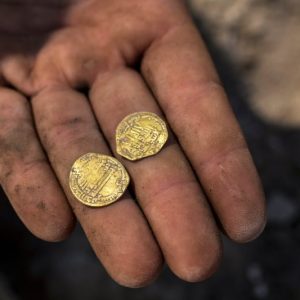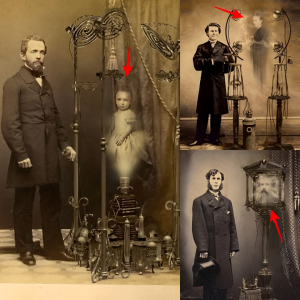Ancient skulls from Peru show signs of trepanation. The chances of surviving trepanation were better in ancient Peru than during the American Civil War. (Image credit: University of Miami )
If you had a hole drilled through your skull in historical times, the odds of surviving the ordeal were far better in the ancient Inca Empire of South America than they were in North America during the American Civil War, a new study finds.
Researchers made the finding by studying more than 800 Inca skulls found in Peru that had undergone trepanation — a practice in which a surgeon cuts, scrapes or drills a hole in a person’s head. Between 17 and 25 percent of these Inca patients died before their skulls healed, the researchers found.
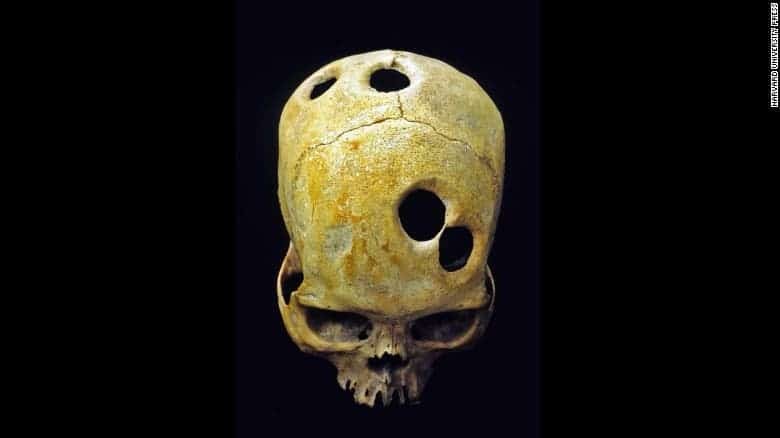
In comparison, during the American Civil War (1861 to 1865), more than twice that percentage — between 46 and 56 percent of soldiers — died so soon after trepanation that their skulls had no time to heal, the researchers discovered. [25 Grisly Archaeological Discoveries]
“That’s a big difference,” study researcher Dr. David Kushner, a clinical professor of physical medicine and rehabilitation at the University of Miami Miller School of Medicine, said in a statement. “The question is: How did the ancient Peruvian surgeons have outcomes that far surpassed those of surgeons during the American Civil War?”
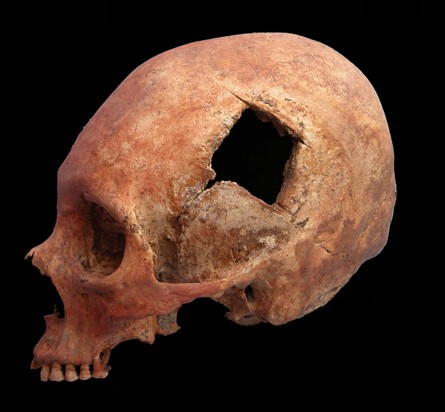
Trepanation is thousands of years old and, historically, was done to suppress headaches, seizures and mental illness, as well as to oust perceived demons. Given that the Inca Empire existed a good 300 years before the American Civil War, it’s impressive that Inca trepanation patients had twice the survival rate of Civil War patients, Kushner said.
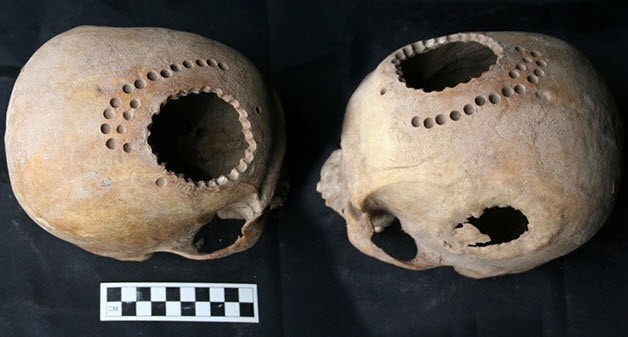
That difference likely comes down to hygiene, as sanitation was notoriously horrible on Civil War battlefields, the researchers said. For instance, Civil War surgeons regularly used unsterilized medical tools, and even their bare fingers, to dig inside head wounds or break up blood clots, said study co-researcher John Verano, a world authority on Peruvian trepanation at Tulane University in New Orleans.
Nearly every Civil War soldier wounded by gunfire later suffered from an infection, but the Inca appear to have experienced a much lower infection rate, the researchers said.
“We do not know how the ancient Peruvians prevented infection, but it seems that they did a good job of it,” Kushner said. “Neither do we know what they used as anesthesia, but since there were so many [cranial surgeries], they must have used something — possibly coca leaves. Maybe there was something else, maybe a fermented beverage. There are no written records, so we just don’t know.”

The Inca skulls the researchers studied — some with as many as seven holes in them — date back to 400 B.C. These skulls indicate that the Inca refined their trepanation skills over the centuries. For example, the Inca learned not to perforate the dura, or the protective membrane covering the brain — a guideline that Hippocrates codified in ancient Greece at about the same time, in the fifth century B.C.
However, early Inca trepanation patients — who lived from about 400 B.C. to 200 B.C. — fared slightly worse than Civil War patients, as about half of these ancient Inca patients died. It was much better to be a trepanation patient from A.D. 1000 to A.D. 1400, when up to 91 percent of patients survived.
“Over time, from the earliest to the latest, they learned which techniques were better and less likely to perforate the dura,” Kushner said. “They seemed to understand head anatomy and purposefully avoided the areas where there would be more bleeding. They also realized that larger-sized trepanations were less likely to be as successful as smaller ones. Physical evidence definitely shows that these ancient surgeons refined the procedure over time. Their success is truly remarkable.”
Doctors still practice trepanation today, although now when they remove a piece of someone’s skull, it’s usually called a craniotomy. This operation and other types of modern brain surgery have “very, very low” mortality rates compared to historical times, Kushner said.
“And, just like in ancient Peru, we continue to advance our neurosurgical techniques, our skills, our tools and our knowledge,” he said.
The study was published in the June issue of the journal World Neurosurgery\


